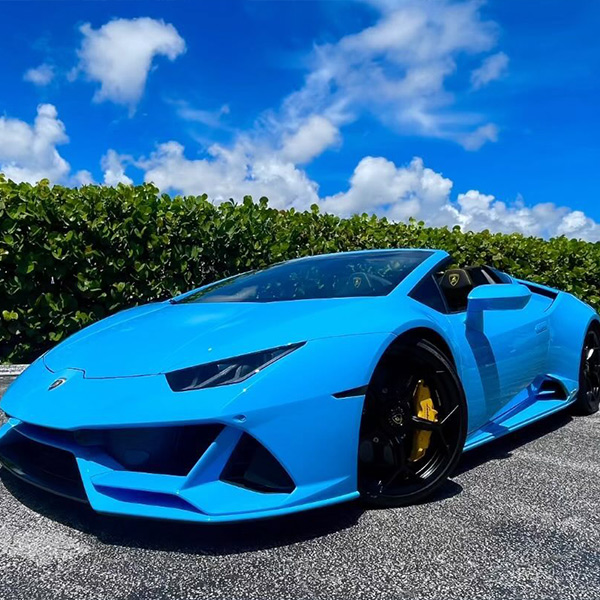
Should You Use a Carbon Window Tint?
Carbon window tint is often hailed as being the pinnacle of window dressing options. But how true is this in reality? It only takes a quick Google (other search engines are available) to return a host of carbon window tint vs. metallic window tint (or other variations).
As with any internet research, it can be difficult to sort the useful from the useless… Not to mention the often AI-generated content that now plagiarizes multiple—often inaccurate—sources and litters the online landscape.
So… Let’s answer the “Should you use a carbon window tint?” question definitively and accurately once and for all…
Should You Use a Carbon Window Tint? Yes or No…?
- Understanding the different types of window tint
- The pros and cons of carbon window tint
Understanding the different types of window tint
Before we talk about whether or not you should use a carbon window tint, let’s look at a brief overview of the different options.
- Dyed window tint: Low-end and the cheapest option. Doesn’t block UV or infrared light. Has some heat absorbing properties and blocks out the light. Provides cabin privacy but won’t stop upholstery and interior color fade.
- Metalized window tint: Contains hundreds of thousands of tiny metallic particles that reflect the sun’s rays away from the vehicle. It keeps the car interior cooler than the cheaper dyed option. The biggest downside is that it also interferes with cell phone and GPS signals. It looks a little shiny from the outside—personal opinion will determine if this is a good thing or a bad thing.
- Carbon window tint: Now we’re talking… This uses carbon particles within the film, creating a beautiful matte appearance from the outside—and it’s pretty effective at rejecting heat and UV rays. Very importantly, there’s no issue with GPS and cell phone signals.
But… If you want the true Rolls Royce of window tint, then look no further than:
Ceramic window tint: This has tiny nano-particles of ceramic within the film to reflect light, heat, glare, and UV rays. It looks wonderful both inside and out, has excellent longevity, and there’s no worry about any cell or GPS signals being affected. It also provides exceptional clarity with a lovely natural appearance.
The pros and cons of carbon window tint
So… Back to carbon window tint. The pros can be summed up as:
- Effective against heat, light, and UV rays.
- Does a good job in keeping the interior of the vehicle at an ambient temperature.
- Doesn’t affect GPS or phone signals.
- Creates a lovely matte look from the outside.
- Is cheaper than ceramic window tint.
- Far better than dyed or metallic film.
- Lasts a long time if well installed and looked after.
And the cons:
- More expensive than dyed or metalized tint.
- Only offers up to 40% effective heat rejection.
- It’s darker than ceramic tint so can impact visibility a little—especially noticeable when it’s dark.
- While it does block some UV rays, it can’t beat the 99% protection provided by ceramic window tint.
In short, both carbon and ceramic are good options. The end choice often comes down to cost—ceramic is considerably more expensive. If you want an affordable, high-level option, then the answer to “Should you use a carbon window tint?”, may well be a resounding yes.
Carbon or Metallic? Let Auto SuperShield Define if a Carbon Window Tint Suits Your Needs
There are many reasons why a carbon window tint is the right choice. At Auto SuperShield, our expert installers don’t simply do the job you request… Before any installation we delve into your expectations of the product, your budget, how long you intend to keep the vehicle, your regular driving patterns, and much more. All of these will have a bearing on the type of window tint that best suits your needs.
Discover more about our products at https://www.autosupershield.com
Related Posts
How can we help you?
We have an incredibly quick turn around time and have staff ready to take your call!
Email us at your convenience.
We'd love to see your vehicle!
We have staff awaiting your call!







